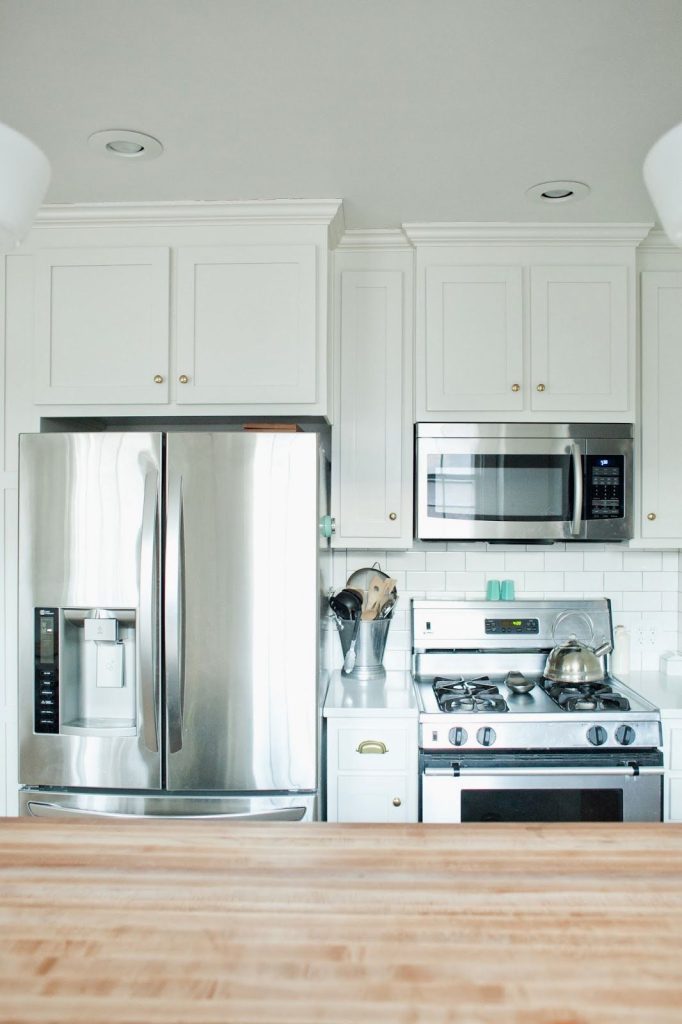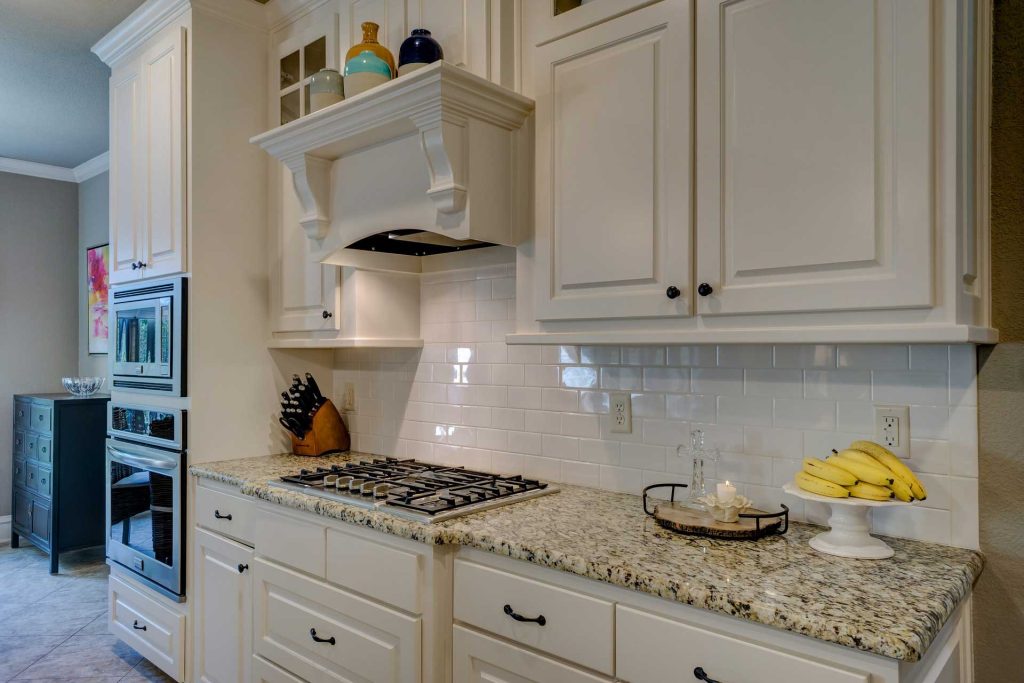Can You Keep Refrigerator Next to Stove in Kitchen?

If you’re putting up a new kitchen, you might be wondering if it’s safe to place a refrigerator adjacent to a heat source, such as a stove or oven. Could they potentially impair one other’s efficiency since one emits heat and the other emits cold? Traditionally, refrigerators and heating sources were kept apart in the kitchen since the heat from the stove caused the fridge to work extra. However, the current fridge design has improved. All appliances are insulated sufficiently that they may be put side by side if necessary, with no threat to either the fridge or the stove. Tight kitchen spaces might be inconvenient if you’re wary of putting your stove and fridge too close together, but you shouldn’t have to! Continue reading to learn why it’s okay to put a refrigerator near a heat source such as a stove or cooker.
Older Appliances Could Not Be Kept Side by Side

The primary reason that the misconception that a fridge and an oven cannot be placed next to each other continues is that when those appliances were younger technologies, the materials, and techniques utilized in them were not as robust and efficient as it is now. This was especially true for insulation, as previous appliances were significantly less well-insulated, allowing more heat or cold to escape into the surrounding environment. As a result, many individuals have grown up believing that a heating source and a cooling source cannot coexist. And this is still true if you use historical appliances or extremely low-budget models of contemporary appliances, as these products lack the mechanical and material quality of higher-end equipment.
Newer Appliances Have Good Insulation
If kitchen space is restricted, it is typically not a problem to maintain a fridge and a stove or oven close to each other in modern kitchens. The insulating materials in current kitchen appliances are strong enough to keep the majority of the heat (or cold, in the case of the fridge) inside the device rather than allowing it to dissipate externally. When most ovens do vent outward while in use, the heat created by this motion isn’t any greater than what you’d find on a hot day, and a fridge can easily take that amount of heat without the compressor has to work extra to compensate. In reality, positioning your fridge adjacent to a modern oven or cooktop should not affect its longevity.
The most severe issue with grouping appliances is clearance.
Now that temperature issues have been addressed, it’s time to consider the actual dangers of putting a fridge and an oven close to each other: door clearance. You don’t want to put your appliances so close together that you have to bash them against each other to get to them. Because of this lack of space, rather than heating concerns, most contemporary stoves are installed with cabinetry (or a wall) between the stove and the fridge.
The following are the clearance regions to consider:
Fridge door: You don’t want your fridge doors swinging open into the cooktop cooking zone, tipping pans over, and perhaps starting a fire. Even if no fire is set, a fridge door sideswiping a plate might result in having to start the dinner from scratch.
Oven door: You may also encounter problems with individuals being unable to access both the fridge and the oven simultaneously or the doors of the appliances obstructing each other during busy culinary operations. Because the oven door is hot, someone brushing up against it and getting burnt is a greater danger. That is not to argue that a refrigerator and an oven/stove combination cannot coexist. However, there are many significant reasons it isn’t done at the design level.
To adhere to the Kitchen Work Triangle, keep cook and cold areas separate.
Aside from appliance efficiency, the fridge and stove are kept separate in the kitchen area because most kitchen architects adhere to the notion of the “kitchen work triangle.”
This triangle is produced in the kitchen by the following points of work:
Cooking: Any action in the kitchen on the burner or in the oven is called cooking. Cold storage refers to any operation that involves the use of a refrigerator.
Wet work (food prep): Any activity that involves food preparation and dishwashing and revolves around the sink area is considered wet work. Lillian Moller Gilbreth, an industrial psychologist, invented the notion of the kitchen work triangle in the 1940s. It was designed with a one-person kitchen in mind, as ‘housewives’ conducted most of the cooking and food preparation during that period. Contemporary kitchen designs, like modern appliances, have evolved greatly beyond this fundamental work triangle, and modern kitchens must account for new design variables such as larger kitchen space and many chefs in the kitchen. Therefore, there is no longer a hard and fast requirement that cooking facilities be separated from cold storage rooms.
Tips for Putting a Fridge Next to a Stove

If you want to put your fridge directly next to your stove, there are a few things you should consider first. Before you make your placement selections, consider the following characteristics of kitchen design:
Clearance: Carefully examine the clearance limits on the manufacturer’s label since you won’t be able to estimate them—if an oven doesn’t fit in the area designated for it, it can’t be pushed to fit. This also applies to fridge space. Make sure you have enough clearance all around your fridge and stove, both for installation and operation, no matter where you decide to put them.
Foot traffic: Ensure that wherever you place the oven and refrigerator, they do not hinder foot flow through and around the kitchen. Foot traffic jams might lead to an increase in kitchen mishaps such as spills or broken dishes.
Heat dissipation: A fridge vents hot air from the rear to disperse on the air. Make sure the fridge is moved back a few inches from the wall to allow heat to dissipate and keep the compressor from overheating. Otherwise, the fridge’s engine will have to work harder than necessary, and the fridge will not last as long.
Warranty: If you buy major appliances, be sure they have a robust warranty system in place in case something goes wrong. Because installing big appliances may be time-consuming and costly, you’ll want to ensure that yours lasts as long as possible before needing to be changed. If your kitchen’s layout allows for it, you should have no trouble placing your fridge and stove close together as long as you follow a few easy criteria.
Hot and cold kitchen areas can be kept next to one other.
While a refrigerator and a stove or oven can be positioned next to each other, this is not a frequent element in kitchen design for various reasons. There are several strong reasons to keep the fridge and the oven on separate sides of the kitchen if feasible, ranging from difficulty when running both stations so near to one other to inefficiency while going between other portions of the kitchen.











